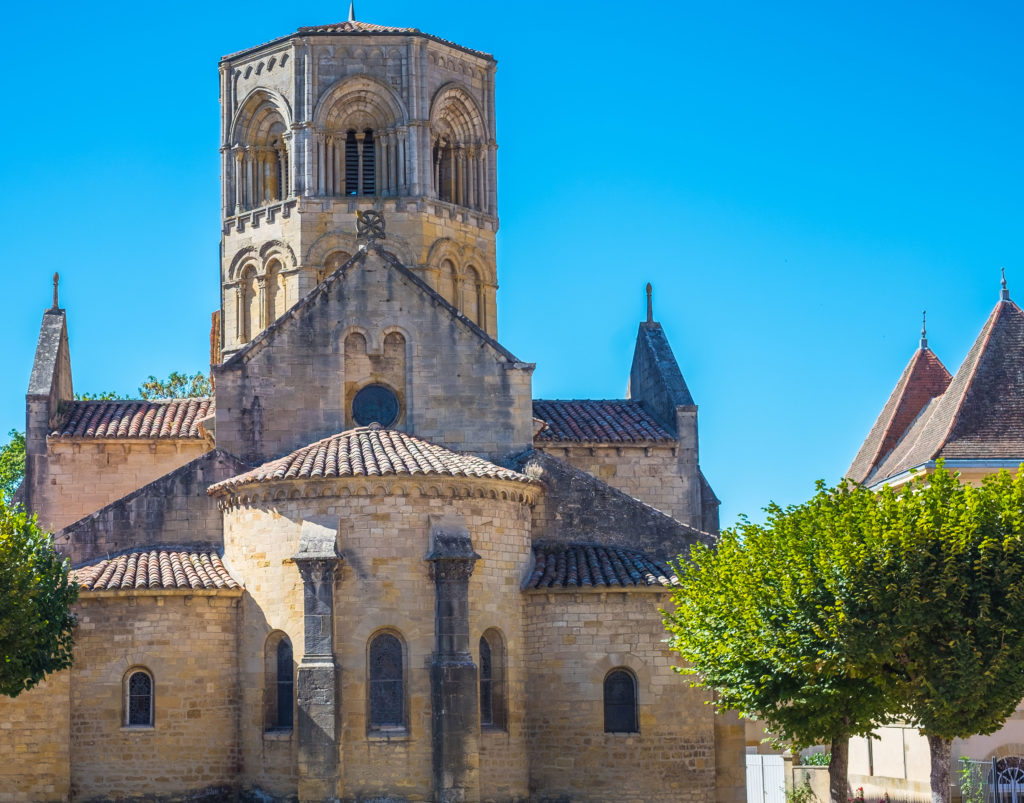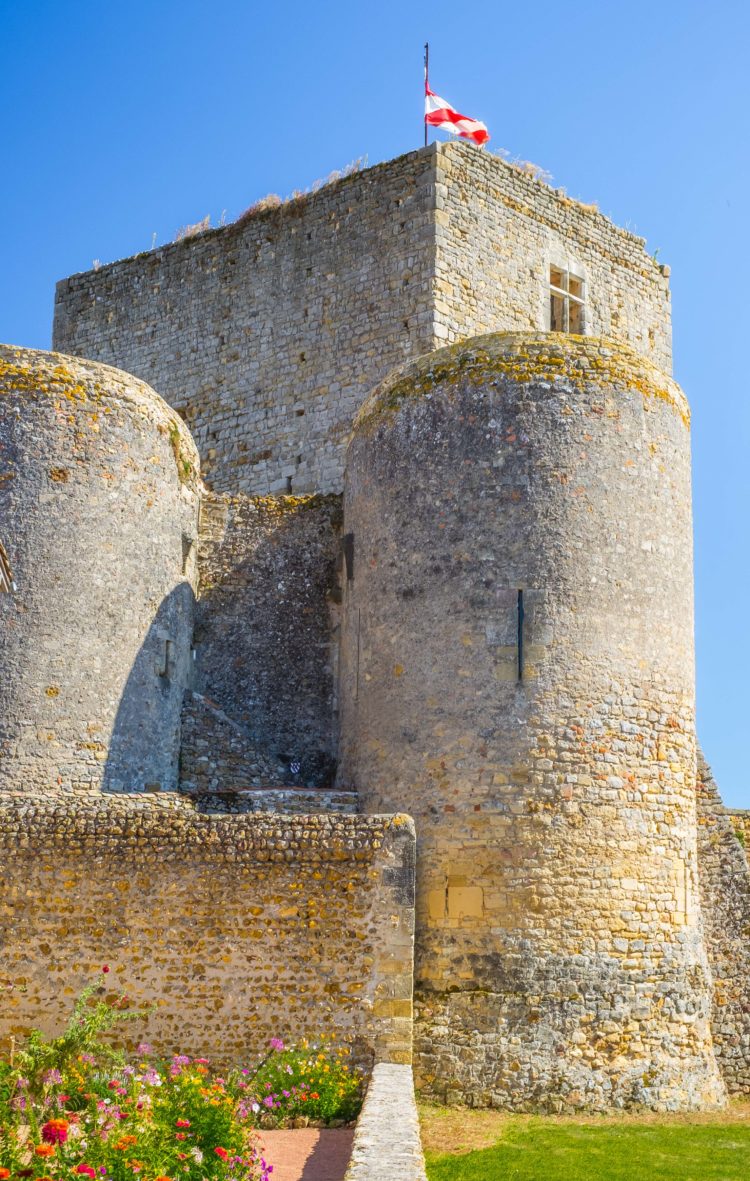I love a good story about how great people and great events can rise to world prominence from the smallest places on the map. I’m also crazy about France’s official list of “most beautiful villages”. Throw in a medieval fortress and a little Roman history, and you have an ideal day trip! Today’s destination, Semur-en-Brionnais, satisfies on all three points.
A side trip into Burgundy
After an incredible evening out in Moulins, I’ve driven 50 miles southeast – across the boundary of the Auvergne, just inside the Burgundy region in the deep heart of France. The origins of the town are lost in the clouds of ancient history, although we know a fortified site here was overrun by tribes from the east in the 3rd or 4th century A.D.
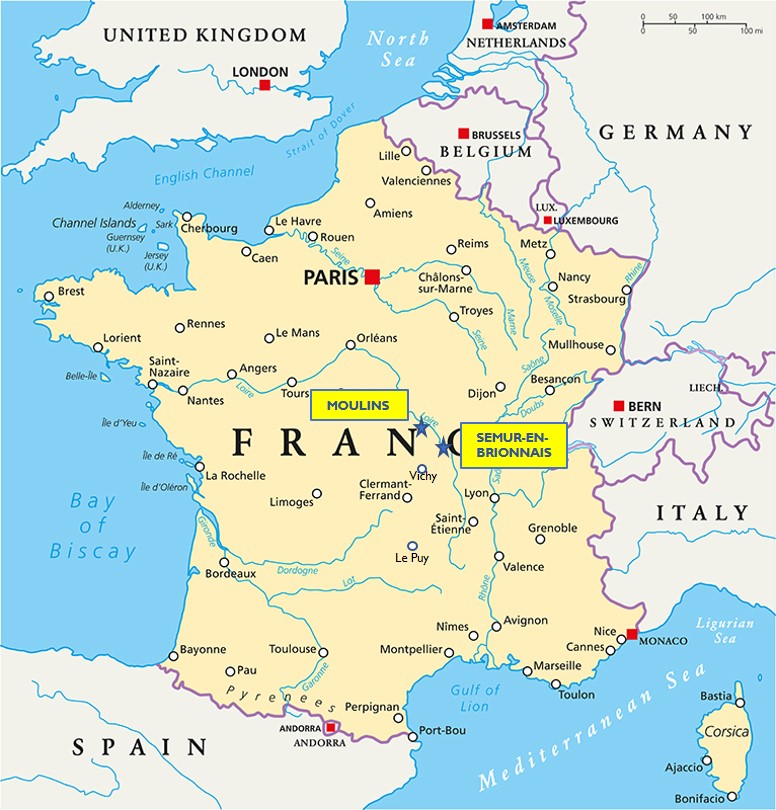
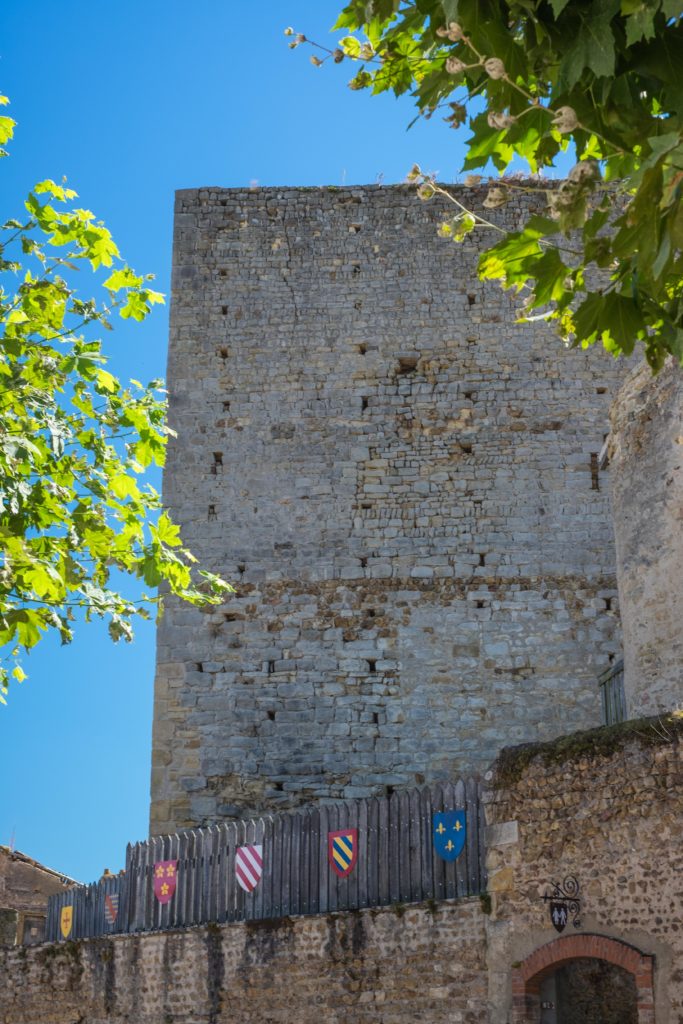
Things really got interesting for Semur-en-Brionnais in the 800s, when the Normans (Vikings) swept into the area. In the conflicts that followed, a passing knight named Froilan de Chamilly found this rocky point looking out over the Loire River valley, thought it would make a fine defensive position, and started building the first elements of the castle that still stands today.
A VERY Well-Connected Family
The line of these Barons of Semur ran for 400 years, and boasted some of the richest royal bloodlines of any family in France. It's always hard to sort out the different branches of these ancient French aristocrats, but here’s the essential: Froilan’s father (William the Lion) was the grandson of Clovis, the first Merovingien “king of all the Francs” – and he married the daughter of King Pepin of Aquitaine, the grandson of Charlemagne. Six generations later, Dalmace the Great got his daughter married to the Duke of Burgundy, who also happened to be a direct descendant of Hugh Capet, so this family had all the major royal houses of France in its lineage.
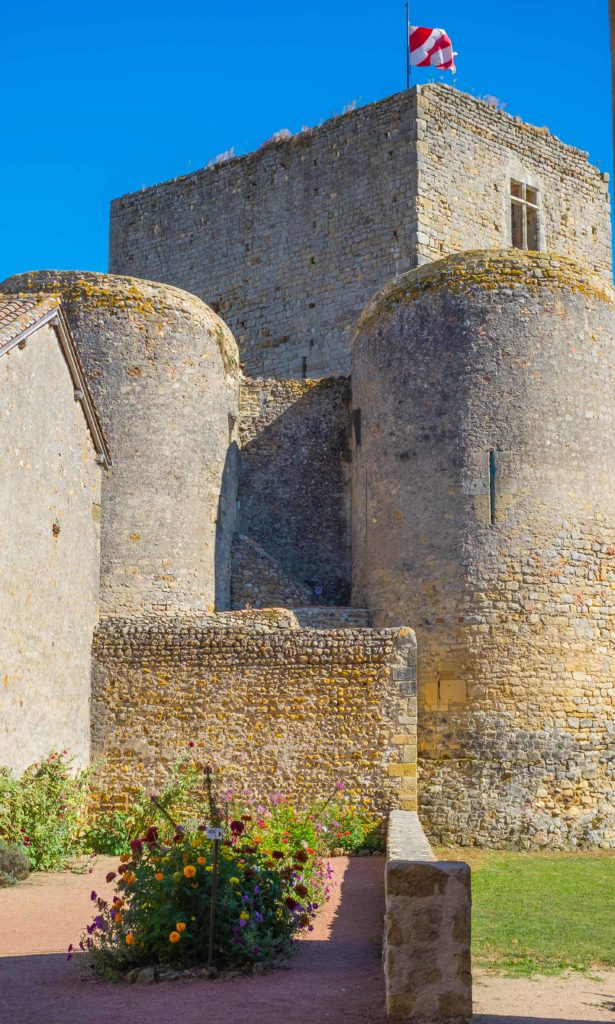
(And the signs at the castle today tell the story of this Duke of Burgundy, who was named “Robert the Old”: “He was a really irascible character! He had his brother-in-law assassinated and he himself murdered his father-in-law, Dalmace the Great, during a feast taking place in the keep”. In my mind, “irascible” is a pretty mild word for what Robert the Old must have been!)
In any case, from the very earliest days, these Barons of Semur were among the most well-connected and powerful families in medieval France. That helps to explain how someone from this tiny defensive outpost could rise to one of the most important positions in European Christianity in the Middle Ages. Before his son-in-law ruined the feast by killing him, Dalmace the Great also fathered Saint Hugues, born on this site in 1024 A.D.
Saint Hugues Builds the World's Largest Church
He wasn’t actually a saint when he was born, of course, but by his 25th birthday Hugues was in charge of the grand Abbey at Cluny and its powerful network that stretched across Switzerland, France, and England. Under Hugues’s leadership, the number of Benedictine monks living at Cluny multiplied and (not wanting to be outdone by some of the other abbeys under construction at the time) he ordered the building of the 3rd great church complex on the site. By the time it was consecrated by Pope Urban II in 1095, it was the biggest Christian church in the world – and it remained so until the immense church of St. Peter was opened in Rome in 1506!
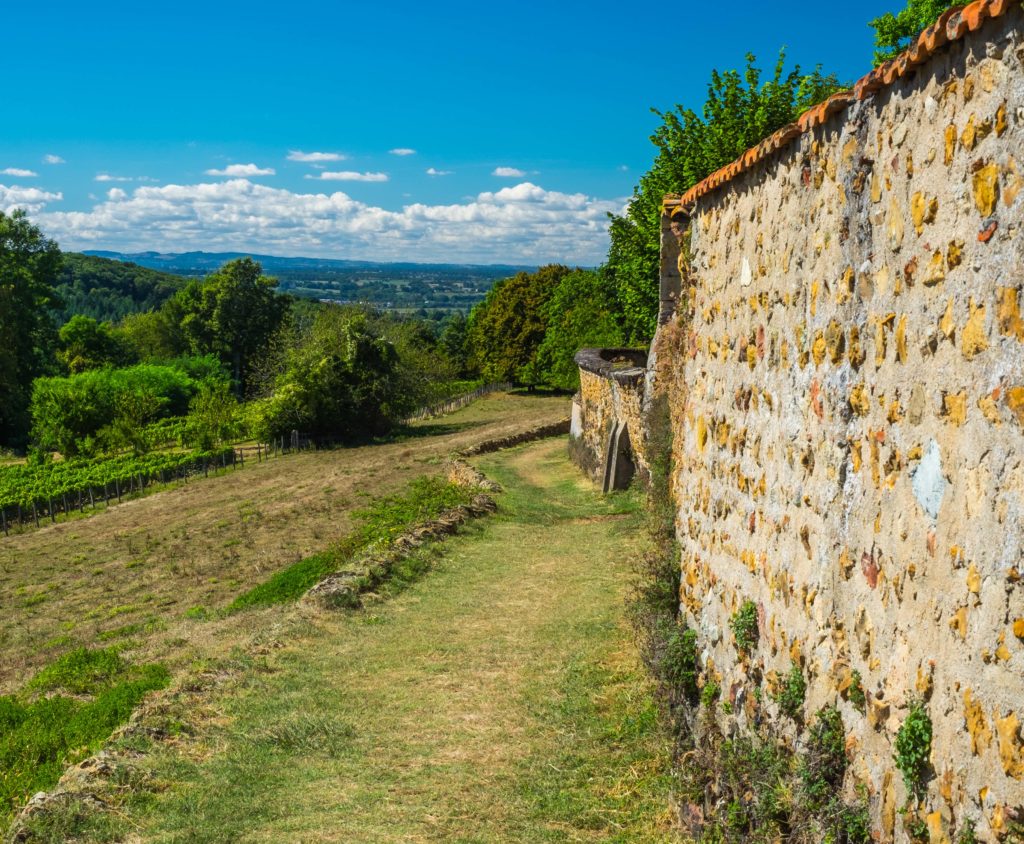
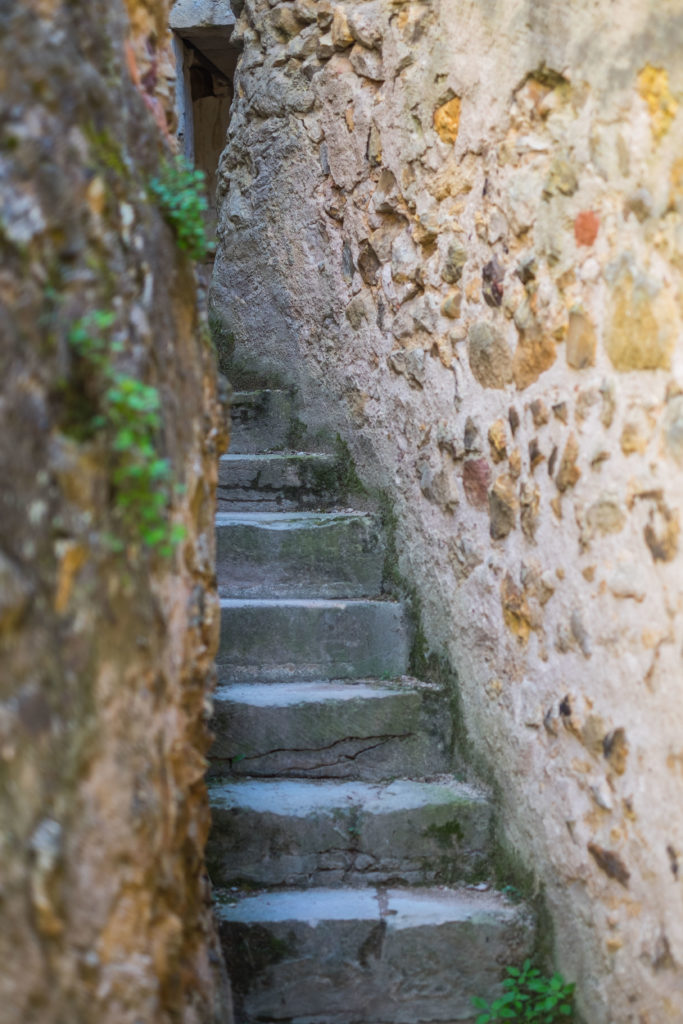
And Hugues was not the last in the Semur line. The Barons of Semur-en-Brionnais continued to rule here “in prosperity and safety” until 1260 A.D., when they ran out of male heirs after 400 years of dominance in the region. Over the next two centuries the chateau passed on to two other aristocratic families before being sold off to King Charles VIII, who had it turned into a prison.
Defending the Valley of the Loire
When you come to Semur-en-Brionnais today, you’re first impressed by the massive block of the castle’s rectangular donjon and two round towers. From the site, you can see for miles across the Loire River valley, and it’s easy to understand how well-situated this chateau was for defending the region.
And it had to be – after the Norman waves of invaders in the 9th and 10th century, the English armies came in 1364, King Louis XI burned the village down in 1467, and a band of Germanic light cavalry troops sacked it again in 1576! Pictures on the site today show views of the castle before and after it went through extensive restoration to plug the gaping holes in its walls, the results of all this conflict and years of decay and neglect.
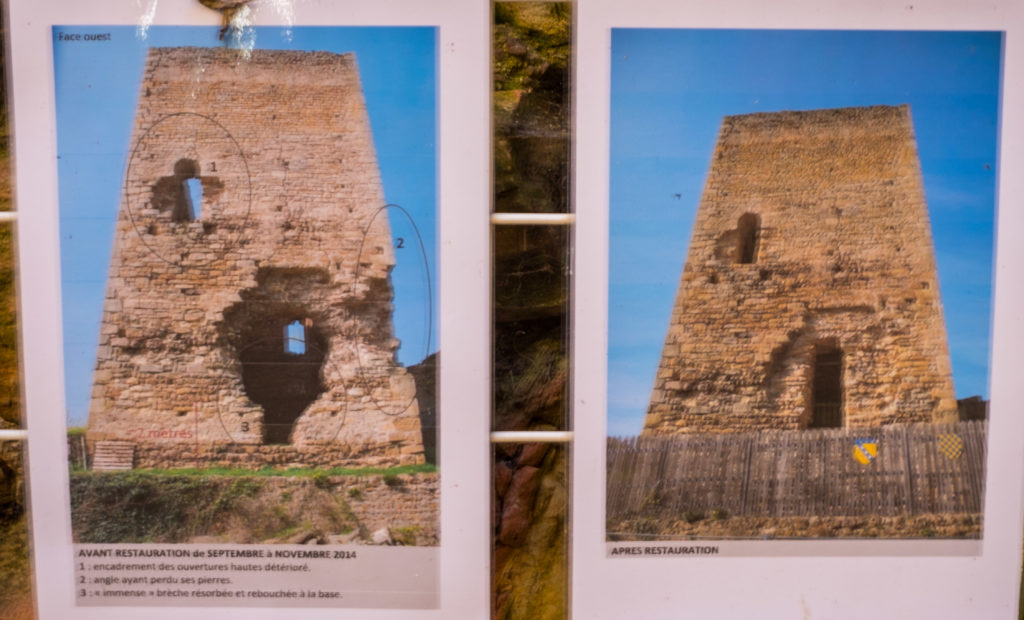
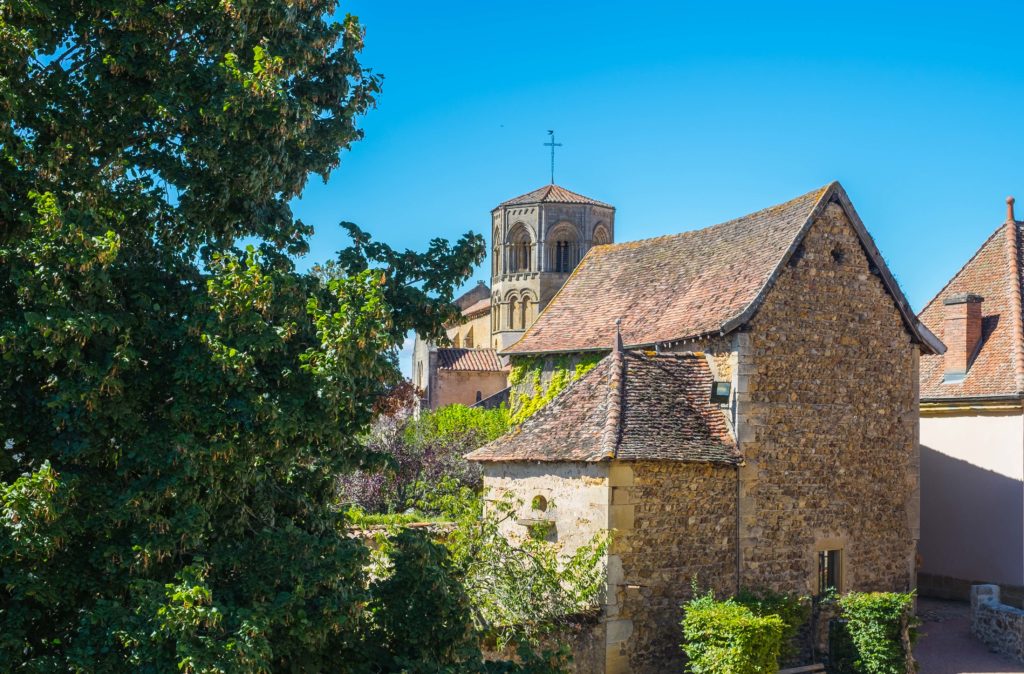
What Else to See in Semur-en-Brionnais
But the castle is not the only thing to see in Semur-en-Brionnais. There’s a beautiful Romanesque 12th-century church, the Collégiale de Saint Hillaire. (The building itself is a lovely expression of this kind of architecture, but I especially liked the carved tympanum above its doors with Christ surrounded by angels that look more like mythical beasts and a detailed carving of the Last Supper.)
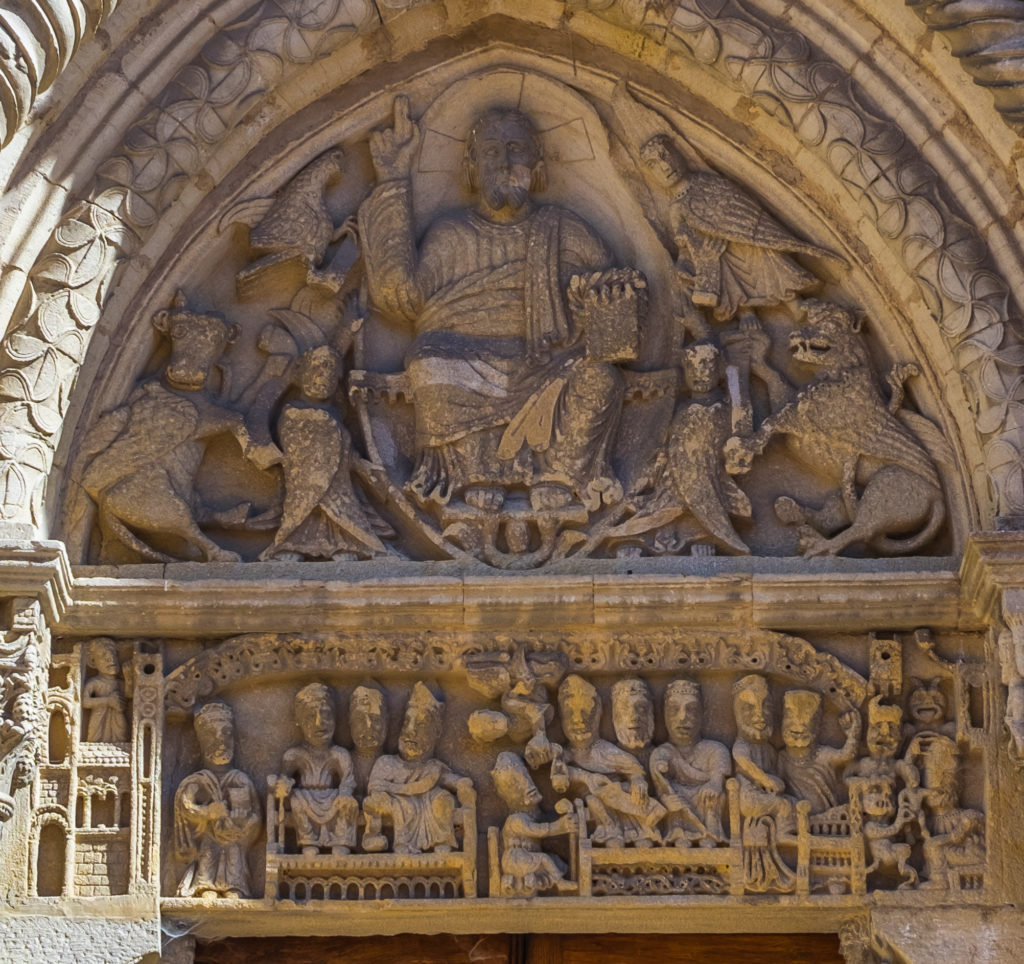
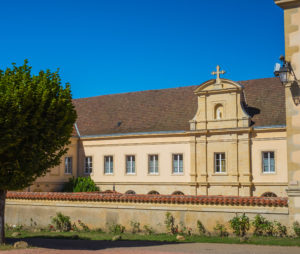
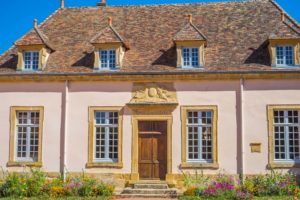
The town’s Hotel de Ville is more recent (1788) – built as a courthouse before being turned into the city’s administrative offices, it’s now a classified historical monument. There’s a grenier à sel – one of 32 such storehouses scattered around Burgundy, a remnant of a salt tax put in place in 1355 to finance Jean le Bon’s war against England. And there’s an imposing convent – the Priory of Saint Hugues – which today is a working seminary for the Apostolic Sisters of Saint Jean.

For all these reasons, Semur-en-Brionnais makes a great day trip if you’re passing through this part of France. It’s only 40 miles from Mâcon and Moulins, only 70 miles from Lyon, so an easy drive through some of the prettiest parts of the Loire River valley. And with its rich history and imposing architectural monuments, it certainly merits its place on the official list of France’s “most beautiful villages”!
What’s your favorite small town in France? Have you visited any of the other “most beautiful villages”? Please tell us about your experience in the comments section below – and please click on one (or more) of the social-media buttons to share this post with someone you know!
